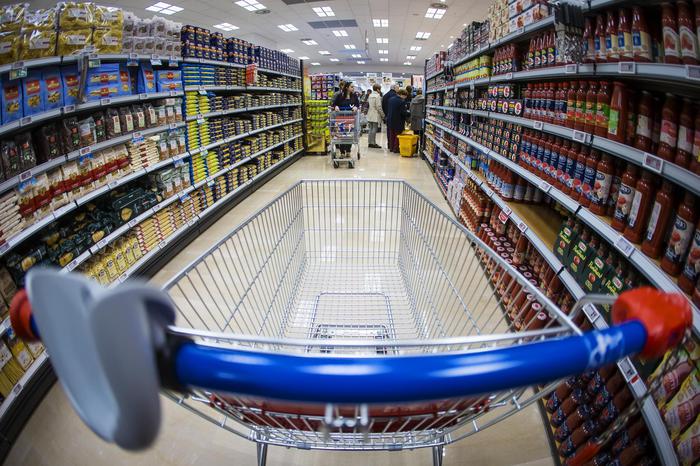Uncertainty is still holding back the recovery, with households and businesses fearing tax and price increases.
This is what emerges from a Confcommercio survey, in collaboration with Metrica Ricerche, on the sentiment of families and businesses in the last months of 2021. From now to the end of the year, businesses are more optimistic (42.7%) than families (24.3%).
But if companies expect an improvement in their business (61%) and more investments (one in three), households fear a possible drop in incomes (for 80%) and savings (68.5%), expecting consumption substantially stable (75.5%) and prudence for travel, holidays, free time.
The comparison is clear from a first graph in which, when asked about the economic recovery, households indicate that 29% have very or fairly low confidence, compared to 7.1% of businesses. The majority still fear great uncertainty (50.2% for businesses, 46.7% for families) while 42.7% of businesses are optimistic about the short future against 24.3% of households. Among the major obstacles to recovery, households point to the increase in taxes in first place, followed by that of prices and the loss of the job, followed by the health situation and the decline in incomes. Businesses also put the increase in taxes in first place, followed by the fall in household incomes in the second and in the third by the increase in the prices of raw materials. After all, companies, even if with caution,they begin to see the end of the tunnel.
There is a 6.8% that even foresees a strong improvement, but also a 60.9% that sees a slow but steady positive progression. Of course, there remains a 30.5% which signals a situation of stability and a 1.5% which sees a worsening. The positive climate also affects investments (33.8% expect them to grow) and a little less on employment (only 18.9% indicates a recovery, against 75.4% which ticks the box of stability The position of families is different: the needle hangs negatively on the trend in incomes and consumption: for the former, 80% of households indicate stability or decline, a figure that contrasts with a 20% that assumes growth. Savings are also expected from 68.5% decreasing or stable. Consumption in the last months of theyear will be affected by these fears with a prevalence of stability in spending on goods and services (excluding food) for 75.5% of families and substantial parity between those who expect an increase (12.3%) and those who decline (12.2 %). As for the types of purchases, the biggest drops concern the tourism sector (travel and holidays mark -29%), the leisure sector (shows, concerts, matches at the stadium with -24.5%) and the purchase of cars and motorcycles (-24.6%). Among the purchasing channels, online (+ 3.1%) and large-scale distribution (+ 2%) are confirmed as the preferred methods of consumers, while traditional stores show a decline of 4% and purchases in large chains (-9.1%) and shopping centers (-11.3%)5% of households and substantial parity between those who expect an increase (12.3%) and those who decline (12.2%). As for the types of purchases, the biggest drops concern the tourism sector (travel and holidays mark -29%), the leisure sector (shows, concerts, matches at the stadium with -24.5%) and the purchase of cars and motorcycles (-24.6%). Among the purchasing channels, online (+ 3.1%) and large-scale distribution (+ 2%) are confirmed as the preferred methods of consumers, while traditional stores show a decline of 4% and purchases in large chains (-9.1%) and shopping centers (-11.3%)5% of households and substantial parity between those who expect an increase (12.3%) and those who decline (12.2%). As for the types of purchases, the biggest drops concern the tourism sector (travel and holidays mark -29%), the leisure sector (shows, concerts, matches at the stadium with -24.5%) and the purchase of cars and motorcycles (-24.6%). Among the purchasing channels, online (+ 3.1%) and large-scale distribution (+ 2%) are confirmed as the preferred methods of consumers, while traditional stores show a decline of 4% and purchases in large chains (-9.1%) and shopping centers (-11.3%)leisure time (shows, concerts, matches at the stadium with -24.5%) and the purchase of cars and motorcycles (-24.6%). Among the purchasing channels, online (+ 3.1%) and large-scale distribution (+ 2%) are confirmed as the preferred methods of consumers, while traditional stores show a decline of 4% and purchases in large chains (-9.1%) and shopping centers (-11.3%)leisure time (shows, concerts, matches at the stadium with -24.5%) and the purchase of cars and motorcycles (-24.6%). Among the purchasing channels, online (+ 3.1%) and large-scale distribution (+ 2%) are confirmed as the preferred methods of consumers, while traditional stores show a decline of 4% and purchases in large chains (-9.1%) and shopping centers (-11.3%)

